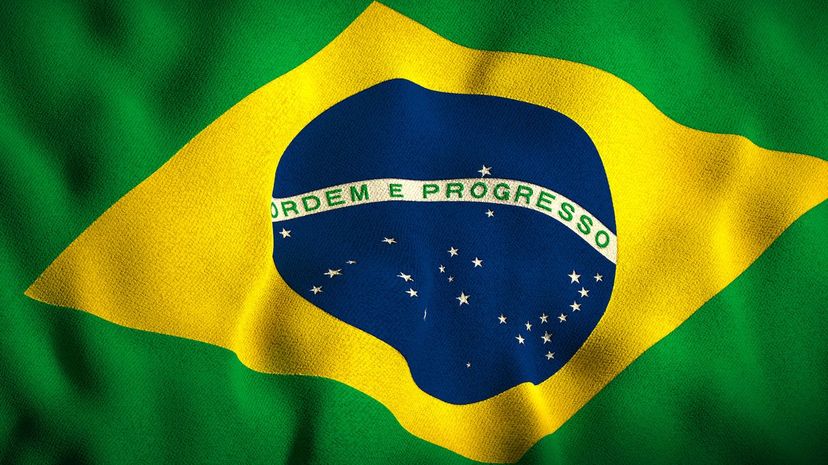
About This Quiz
Ancient Egyptians used to use flags as field signs in battle long before any nation was flying them over their capital buildings. Later, maybe in India or Asia, came the idea to use a flag to represent a nation, as a symbol of the people and who they were. It would represent the country and its people.
The colors and symbols were imbued with meaning. Just like the stripes on the American flag represent the 13 colonies, and the stars represent the 50 states, the colors and designs on the flag of each country have special meaning. In the Bahamas, the black on the flag represents strength, the aquamarine represents the sea, and the yellow represents the sandy beaches. The red disc of the Bangladesh flag represents the blood of those who died for its independence, and the field of green represents the lushness of the land.
When it comes to choosing flag colors, many countries include green to represent everything from the sea to wealth to prosperity and life. There have been many countries throughout history that have chosen it as the dominant color in their flag as well. Do you think you can recognize all of them? Take the quiz and see!
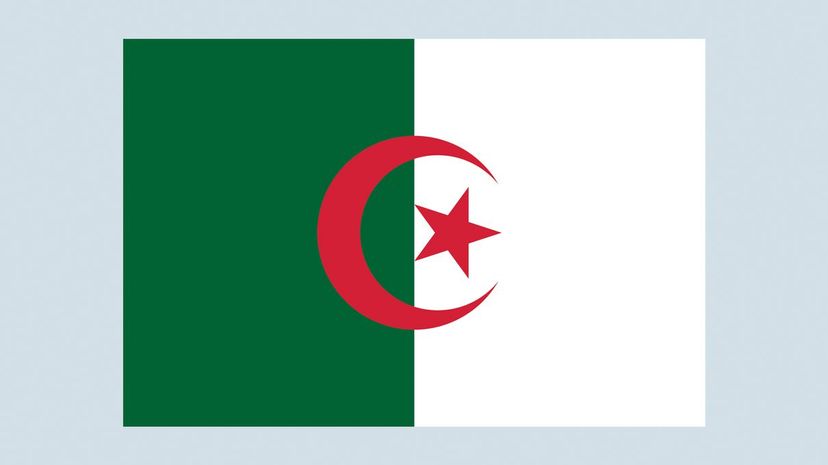
Located in Northern Africa, Algeria has an impressive oil and natural gas reserve and it supplies a fairly large amount of natural gas to Europe. It also has the second-largest oil reserve in all of Africa.
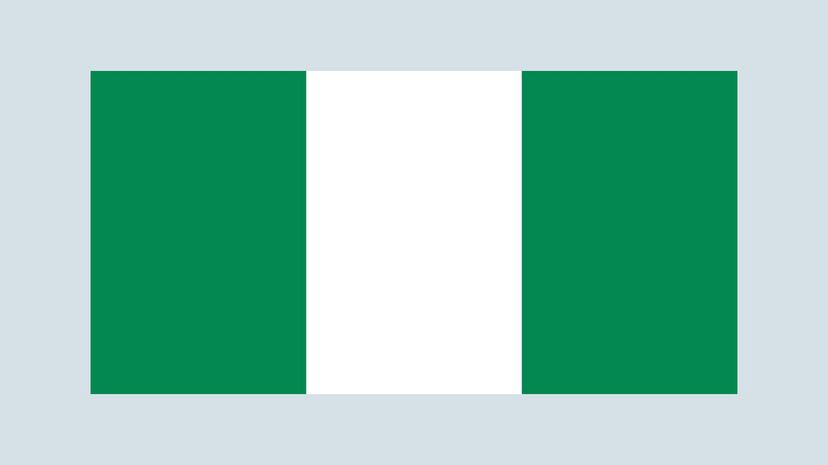
Nigeria is not a very old country by that name and was only declared a republic in the early 1960s. The region has been an essential part of Africa for centuries, though, and the culture dates back literally thousands of years.
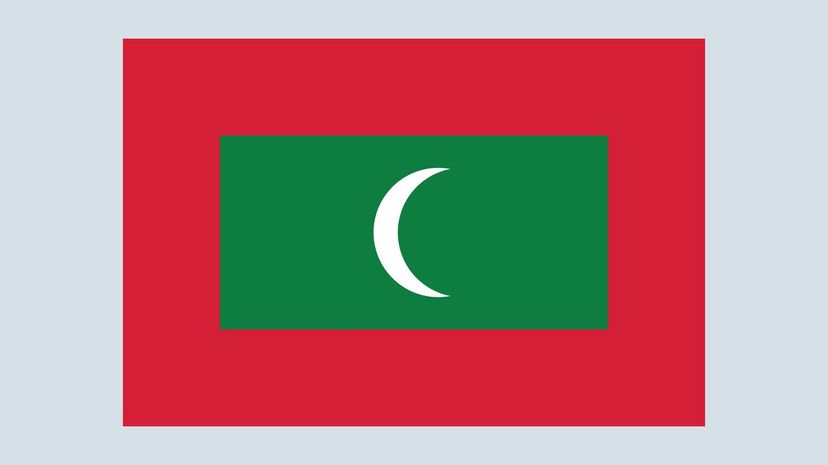
The Republic of Maldives in the Arabian Sea is the smallest Asian country both by land and by population. Fewer than 500,000 people live in the Maldives. For a time, they were known as the Money Islands due to the massive number of cowry shells there that had been used as currency for ages in other parts of the world.
Advertisement
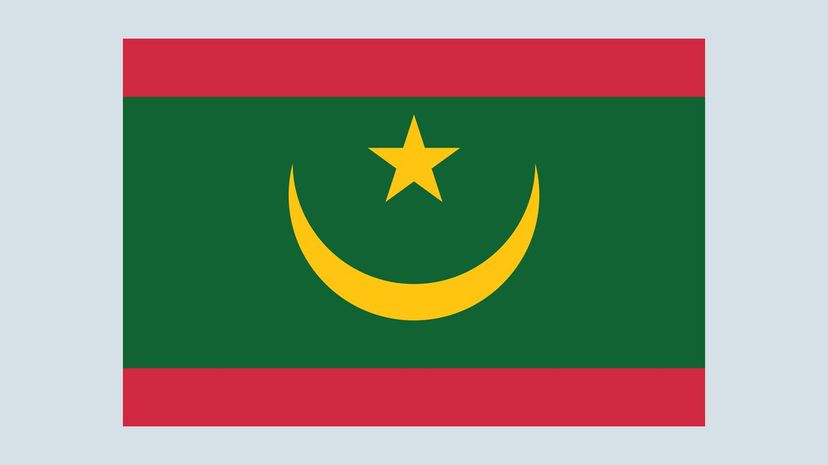
Located in Africa, Mauritania is almost completely located in the Sahara desert. As a result, nearly the entire population lives in a small segment of the country located in the southern part outside of the desert where they still get some rainfall.

With a population of 163 million people, Bangladesh is extremely densely populated, given its size of about 57,000 square miles. That's about 2,900 people per square mile. There are about 93 people per square mile in the United States.
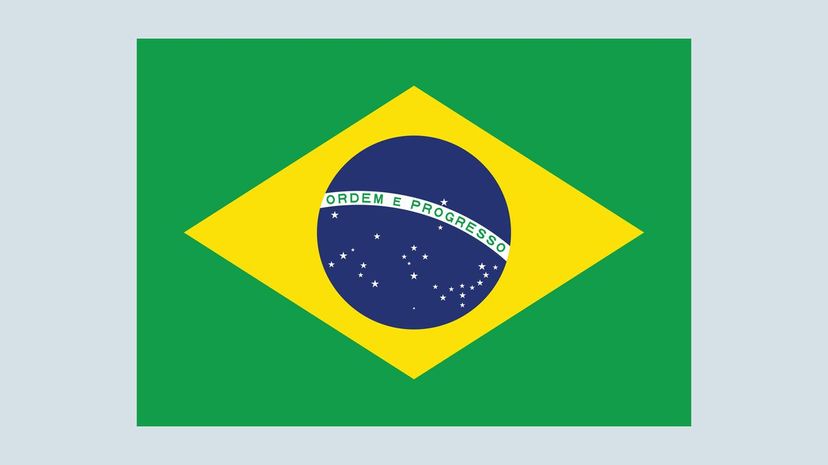
Brazil is the fifth largest country in the world with a population of 208 million people; 12 million people live in Sao Paolo and another 6 million live in Rio De Janeiro, making them two of the most populous cities on Earth.
Advertisement
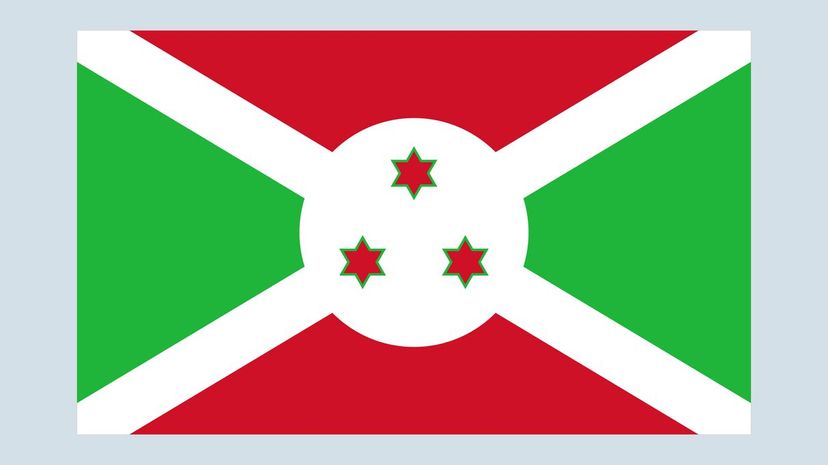
The Republic of Burundi was born from the Kingdom of Burundi, which dates back to the 17th century. In the 19th and 20th century it fell under colonial rule for a time. In 2018, the World Happiness Report ranked Burundi as the least happy nation in the world.
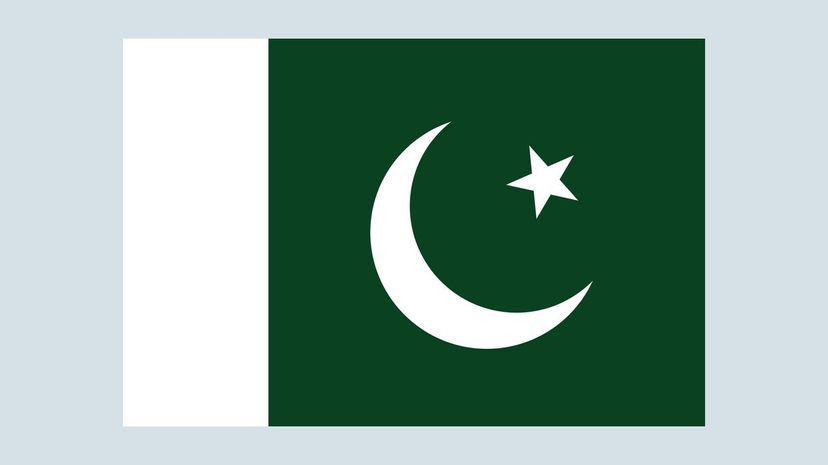
Pakistan was the second country in South Asia to become a nuclear power, and it also has the world's sixth-largest standing army. The official name of the country is the Islamic Republic of Pakistan, and it's the sixth most populous country in the world.
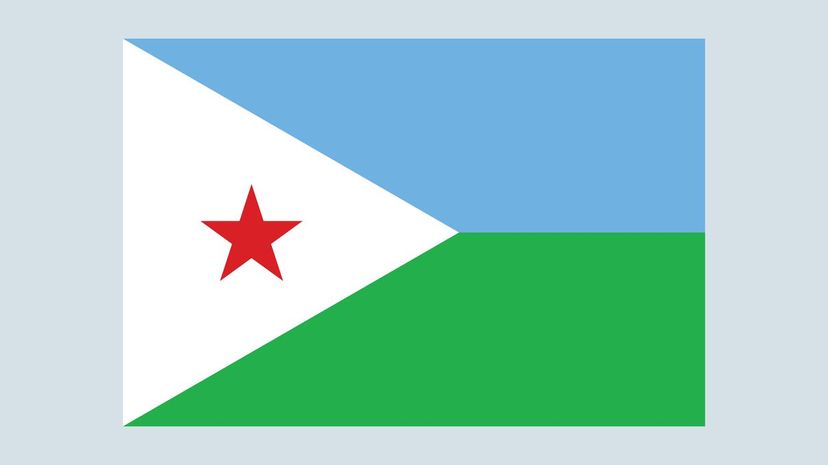
With the smallest population in mainland Africa, Djibouti's official languages are French and Arabic, and its population is relatively diverse. Thanks to its position near historically significant shipping lanes, several countries have set up military bases there.
Advertisement
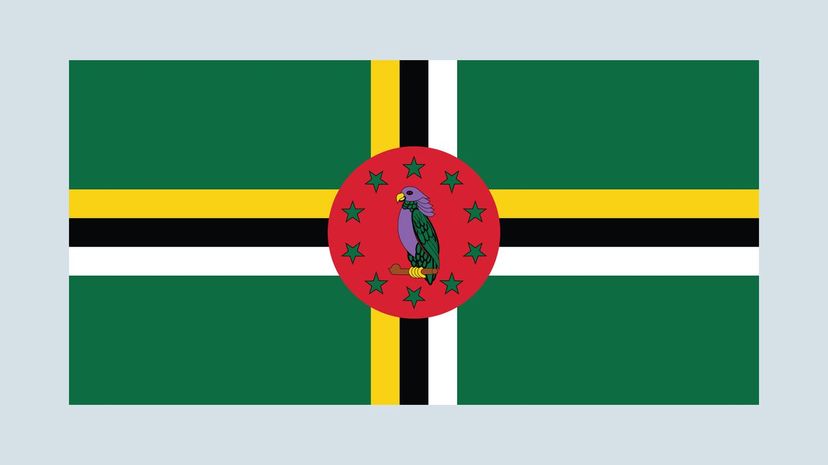
Located in the West Indies, Dominica has a population of about 72,000, making it slightly larger than a town like Lynwood, California. It's home to the world's second-largest hot spring, and to this day, it is still being formed by geothermal-volcanic activity.
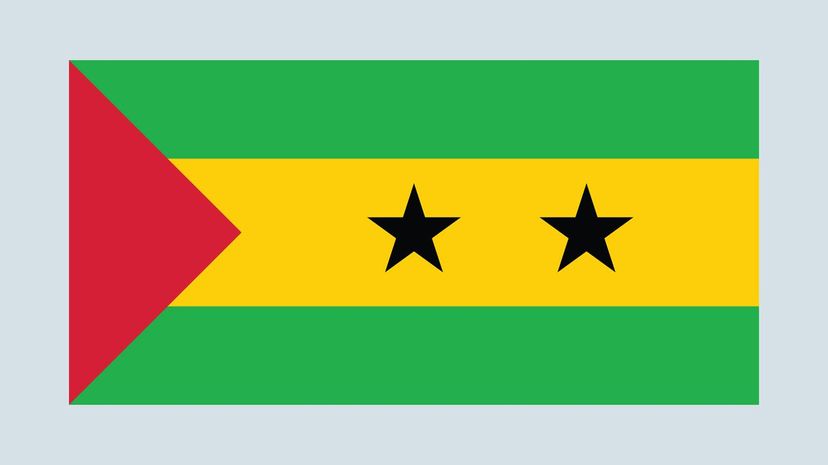
Sao Tome and Principe are islands off the coast of Africa near Gabon. The islands have a history of being used for crops like sugar, coffee and cocoa, much of which succeeded on the back of the slave trade that was run out of Africa at the time.
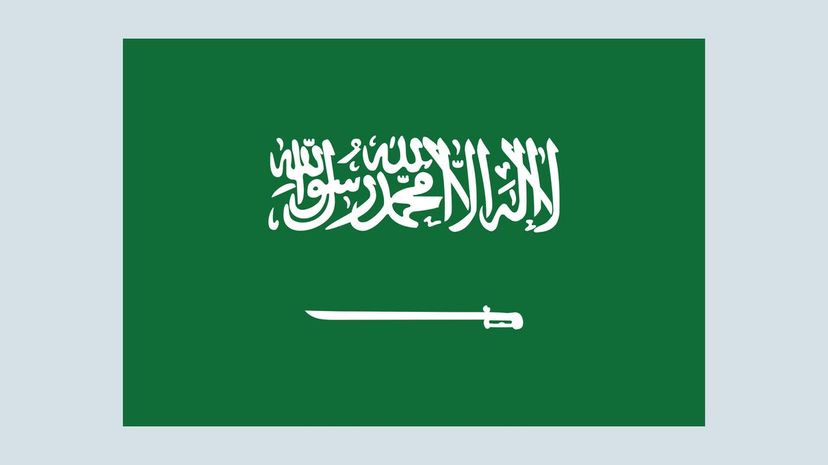
Saudi Arabia has a population of about 33 million people, and with half of them under 25, it means the country has one of the youngest populations in the world. The land where Saudi Arabia now exists shows signs of having been home to some of the oldest human activity in history.
Advertisement
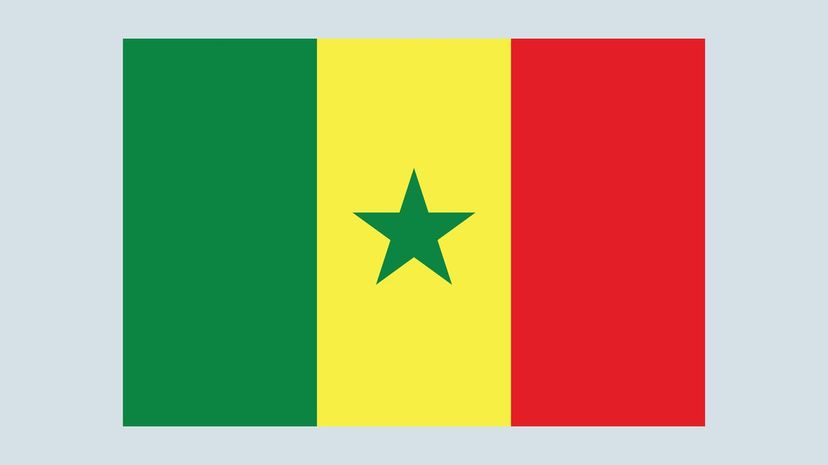
Senegal gained independence from France in 1960. It's notable for any number of reasons, not the least of which is the fact there's an island there wholly covered in seashells, absolutely millions of them. Even the graveyard is buried in shells.
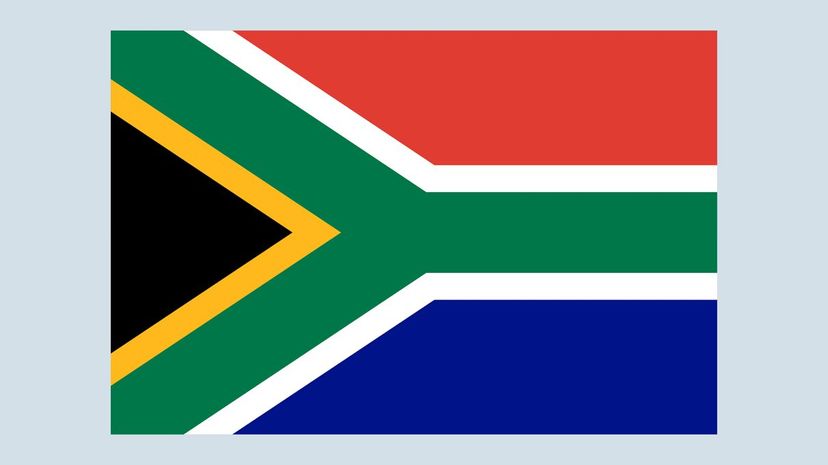
South Africa as a country under that name is not particularly old, but that region of the world may be one of the oldest when it comes to humanity as a species. The Cradle of Humankind, a UNESCO World Heritage site, exists in South Africa.
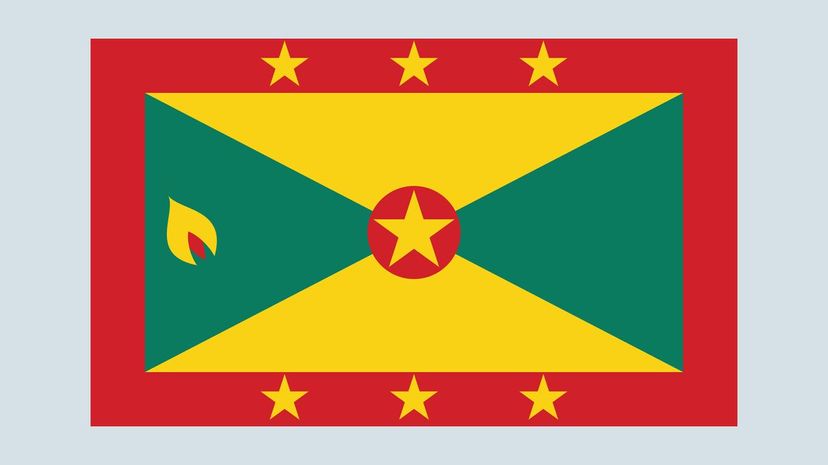
Located in the West Indies, Grenada is also known as "The Island of Spice." It's one of the world's largest exporters of nutmeg and mace. 20% of the world's nutmeg supply comes from Grenada and that little thing on the left of the flag is actually a nutmeg.
Advertisement
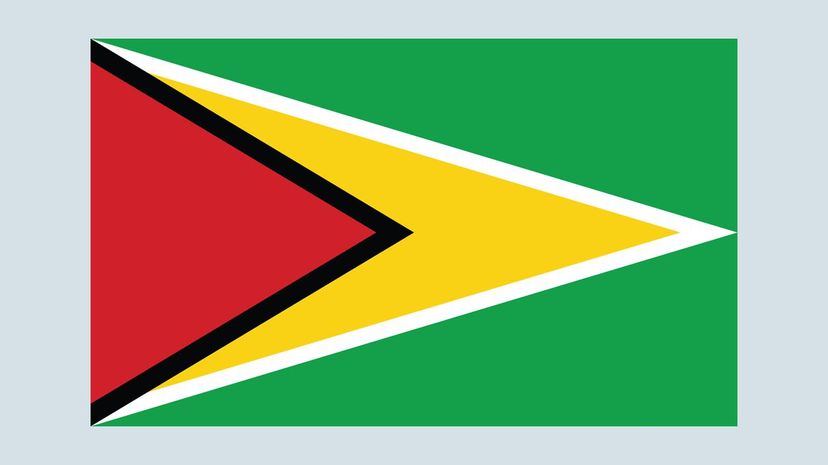
Guyana is officially named the Co-operative Republic of Guyana and it's located in the northern part of South America. Despite being the only country South American country with English as its official language, most people in the country speak Guyanese Creole.
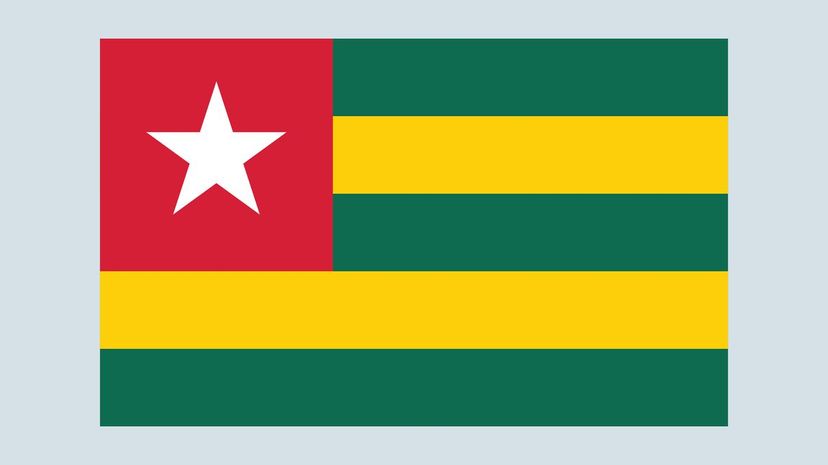
Togo is located in the west of Africa, and though it has a large coastline, nearly all of the beaches there are pretty unsafe for swimming due to a terrible undertow. There is one beach protected by a pretty safe coral reef, though.
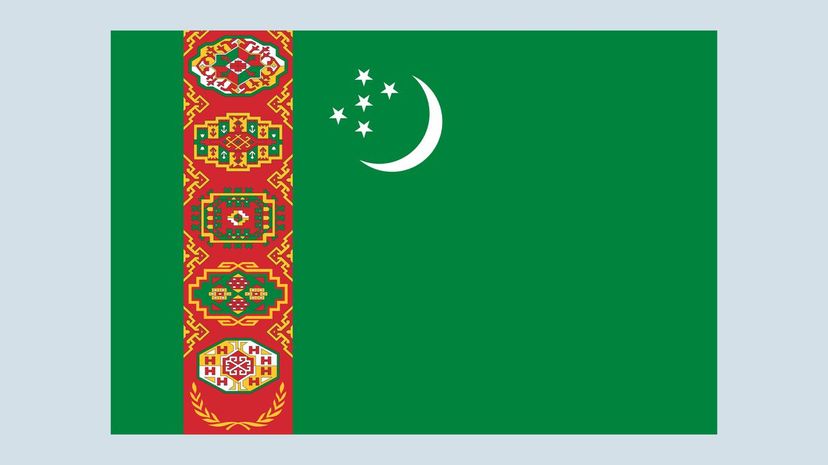
The desert in Turkmenistan is known as the Karakum or Black Sand desert. That doesn't mean the sand itself is black, which would be cool, but the dark soil beneath that sand is the origin of the name
Advertisement
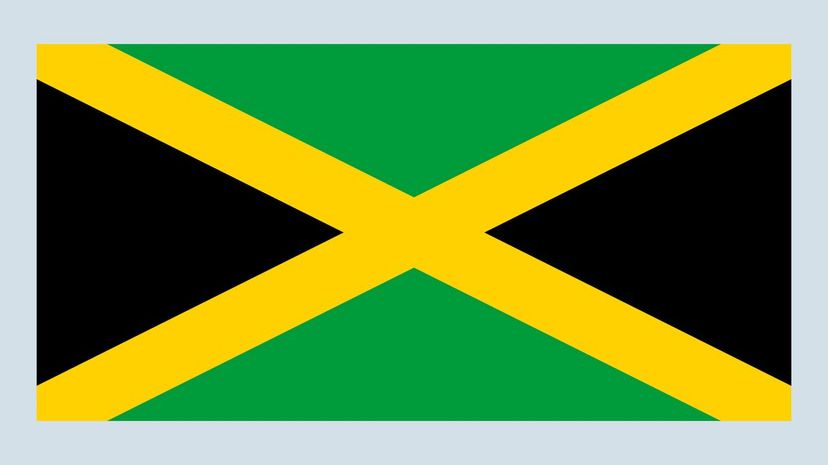
Jamaica grows a lot of sugar cane, bananas and mangoes, none of which are native to the island, along with breadfruit, bamboo and coconut palm. Some of the native crops are yam and corn.
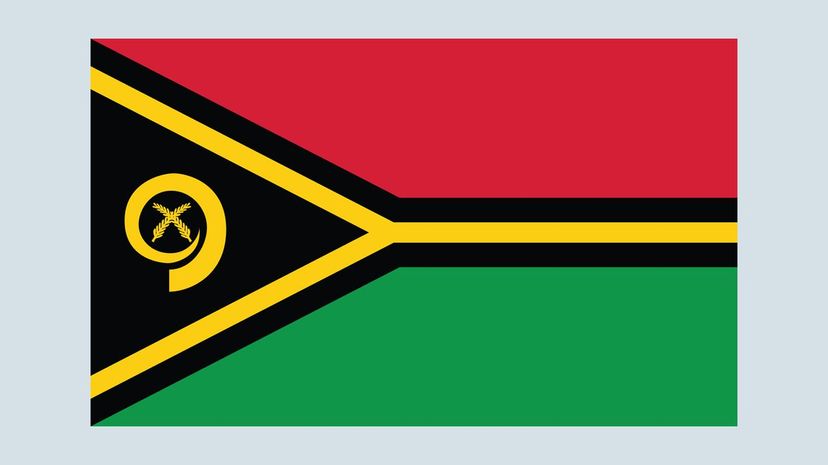
Vanuatu is a Pacific Island nation where cannibalism was practiced in the not too distant past. The first British missionaries in 1839 were eaten, and British travel writers who visited in 2008 were shown a recipe for the best way to cook and eat human flesh.
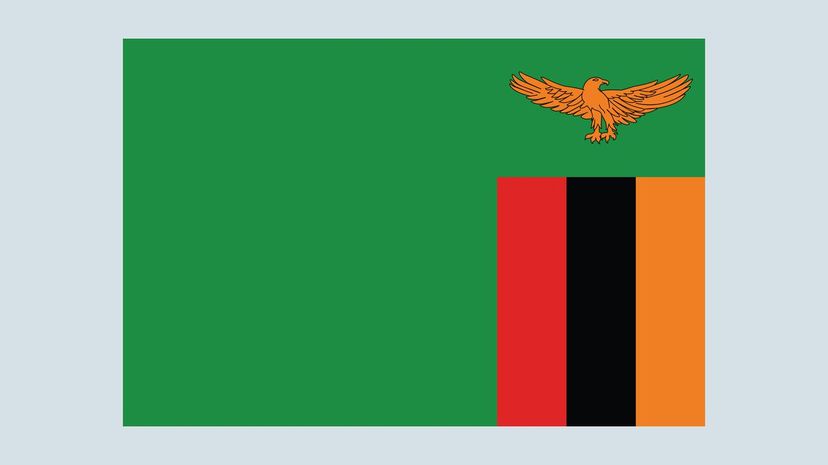
Zambia is one of Africa's most beautiful and diverse countries. Nearly a third of the space there is a national park, and there are termite mounds that can grow to the size of houses. It's also home to Victoria Falls, one of the natural wonders of the world.
Advertisement
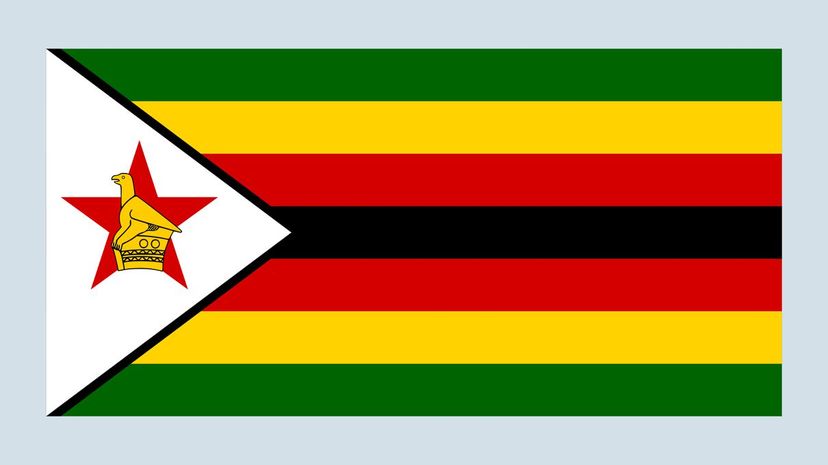
If nothing else, Zimbabwe is a land of diversity. It has 16 official languages and at least 13 different names depending on the language you speak. English, Shona and Ndebele are the most commonly spoken languages in the region, along with others like Chewa, Tonga, Xhosa and more.
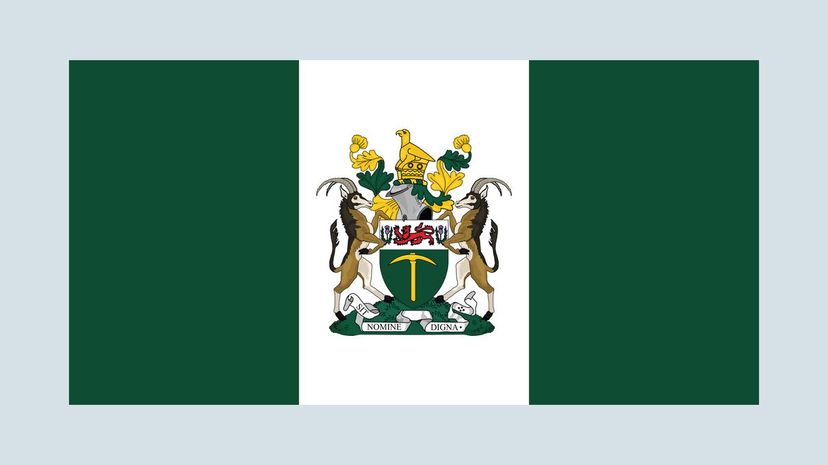
For a time, there had been a British colony n Africa that went by the name of Southern Rhodesia. Rhodesia itself was an unrecognized state that rose after Britain ceded the rule of the area, but before it became Zimbabwe several years later.
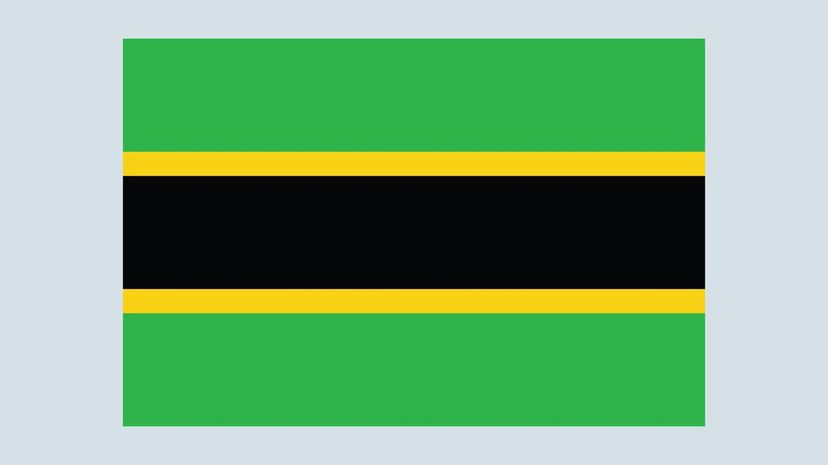
Tanganyika used to exist in what is now mainland Tanzania. In 1922, the United Kingdom took control of Tanganyika from Germany which, at the time, had a chunk of land known as German East Africa under its control.
Advertisement
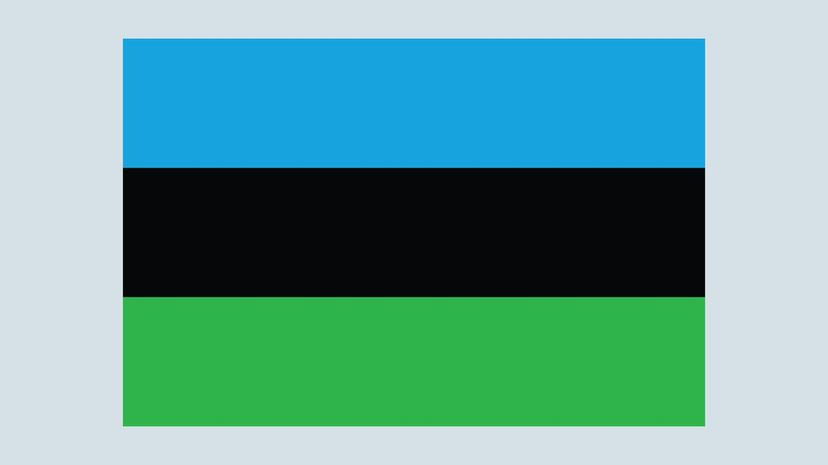
The People's Republic of Zanzibar was a very short-lived nation that existed for part of 1964. After the bloody Zanzibar Revolution, the country was formed only to merge a short time later with Tanganyika to form Tanzania, which still exists today.
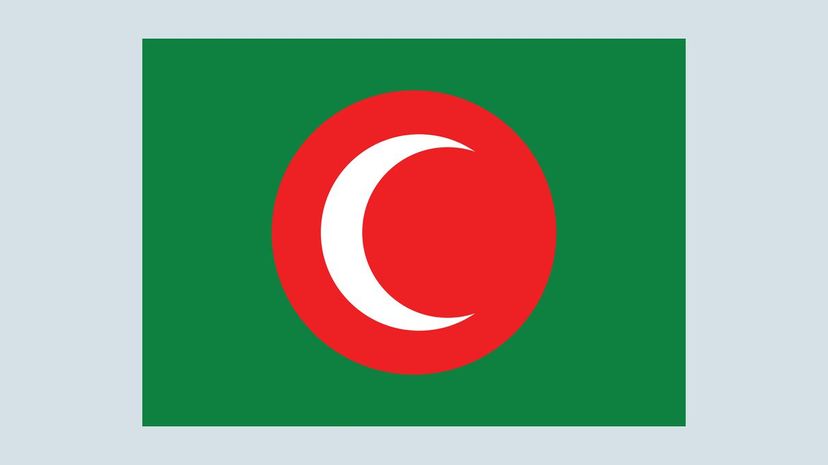
As the Ottoman Emire was coming to an end, the Kurdish people sought to form their own country and for a brief time, succeeded with the formation of the Kingdom of Kurdistan in 1922. By 1924, however, the League of Nations gave mandate of Kurdistan to Iraq under the condition that the Kurds have special rights.
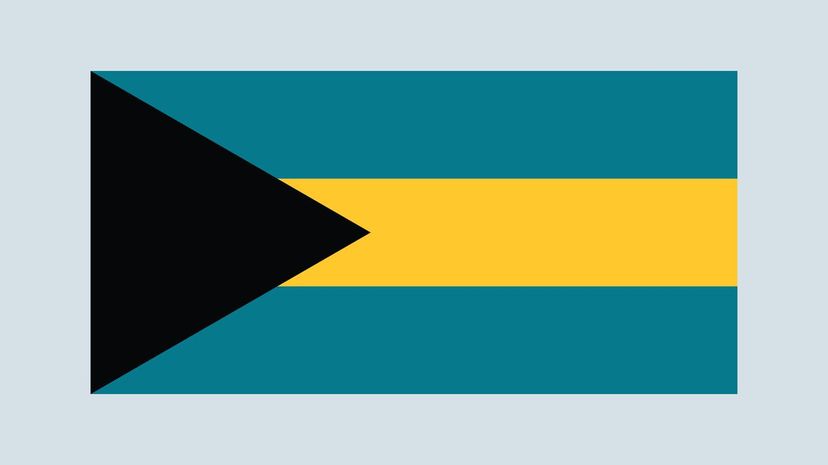
The Bahamas are made up of a massive number of islands, though many of them are what are known as cays and islets, which are incredibly small and are mostly just home to a bit of vegetation. In case you're wondering, the color on the flag is aquamarine to represent the sea, so it's still greenish!
Advertisement
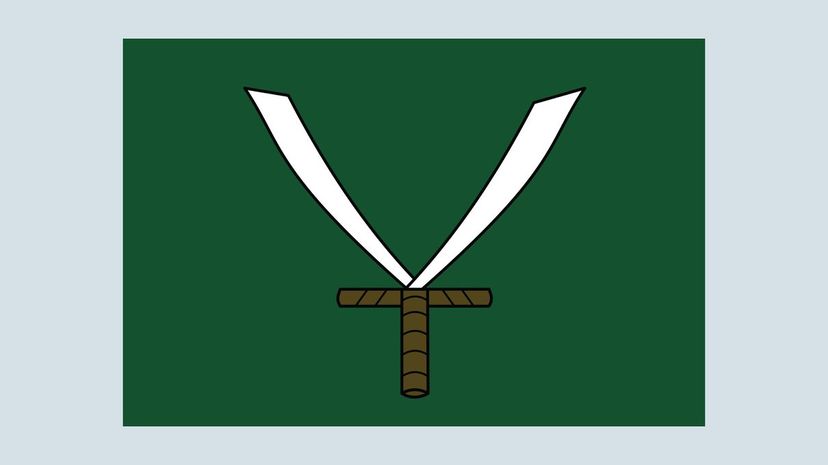
The Republic of Sale was a city-state in the 1600s. From 1624 until 1668, it thrived on the Barbary slave trade and piracy, which isn't the sort of proud legacy any land wants to have, so it's probably best that the Republic of Sale no longer exists.
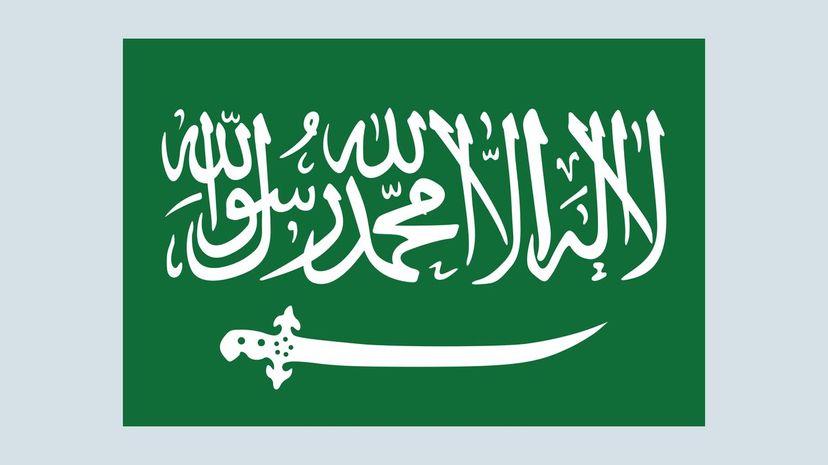
The timeline of what led up to the creation of Saudi Arabia was a long one, but from 1921 to 1926, that region was known as the Sultanate of Nejd. By 1926, it merged with the Kingdom of Hejaz to form a new state, and in 1932, they unified as the Kingdom of Saudi Arabia.
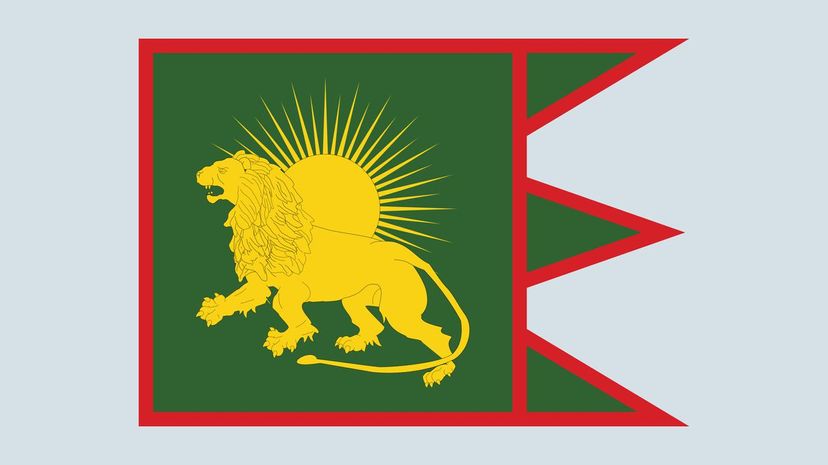
For more than 300 years, the Mughal Empire existed in parts of what is today Afghanistan, India and Bangladesh. During the Empire's height in the 18th century, it was a manufacturing mecca and produced about a quarter of the world's manufacturing output.
Advertisement
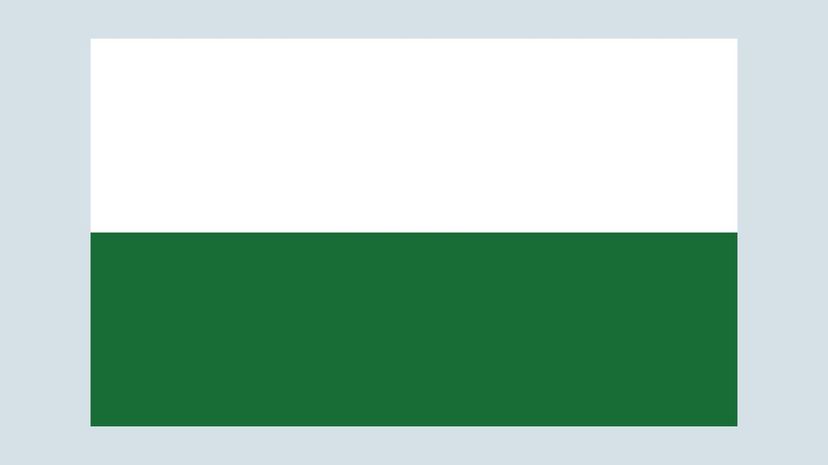
Saxony's history has seen it exist as a federal state of Germany, a duchy, a kingdom, a republic on two different occasions and an electorate of the Holy Roman Empire. Currently, about 4 million people live there, making it Germany's 10th-largest state.

The Chechen Republic of Ichkeria was set up in an attempt to create an alternative government in Chechnya to the Russian regime. The would-be government existed only for about nine years during a time of extreme warfare and bloodshed.

Vermont became a state in 1791, but before that, it had declared its independence and was known as the Vermont Republic. It was almost ready to join Canada until the American Revolution made it clear that the better option was to become a U.S. state.
Advertisement
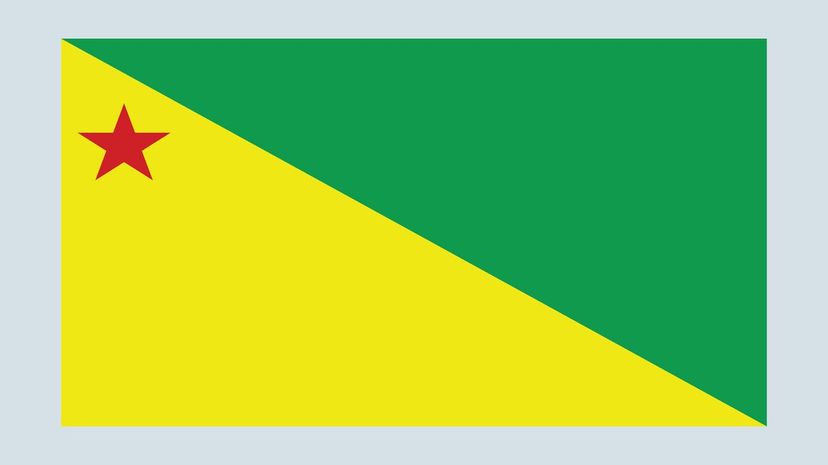
You can still visit Acre today, but it's now known as the State of Acre, not the Republic of Acre, and it's a part of Brazil. It had once been a part of Bolivia - after it was assigned to the country in a treaty - though most of the population was still Brazilian. In 1899, it became an independent republic that lasted until 1903.
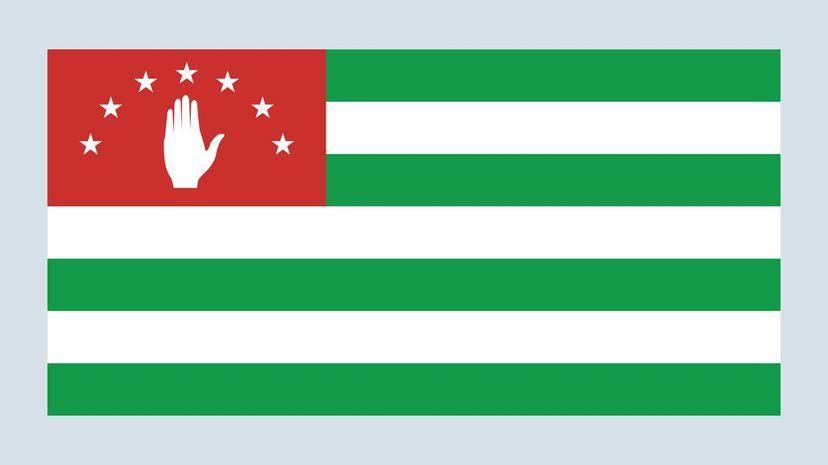
Abkhazia has declared itself a sovereign state from the country of Georgia, but Georgia does not officially recognize that independence. Only a handful of countries in the world do recognize Abkhazia, including Russia, Venezuela and Nicaragua.
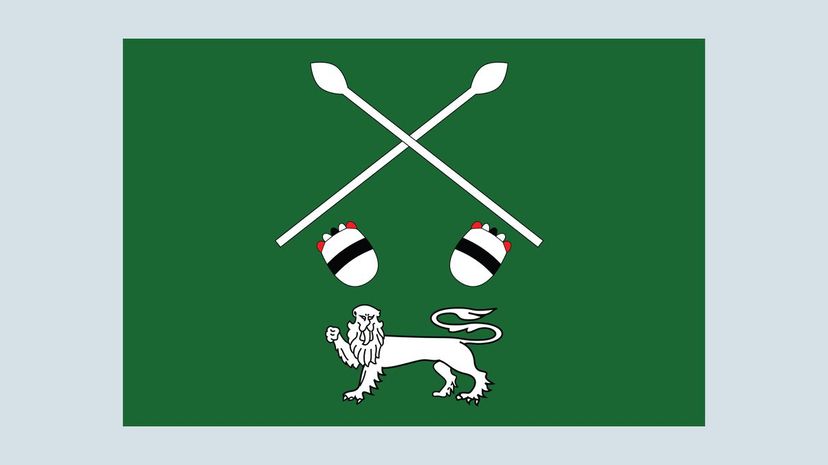
Located in modern-day Uganda, the Kingdom of Ankole was abolished in 1967 by the Ugandan president. It had existed since the 15th century, making it the oldest kingdom in Uganda before its demise.
Advertisement

The Emirate of Bukhara was founded in 1785 and lasted until 1920. That final year, the Bolshevik Army helped Reformists overthrow the emir, and the country was eventually folded into what is now modern-day Uzbekistan and Tajikistan.
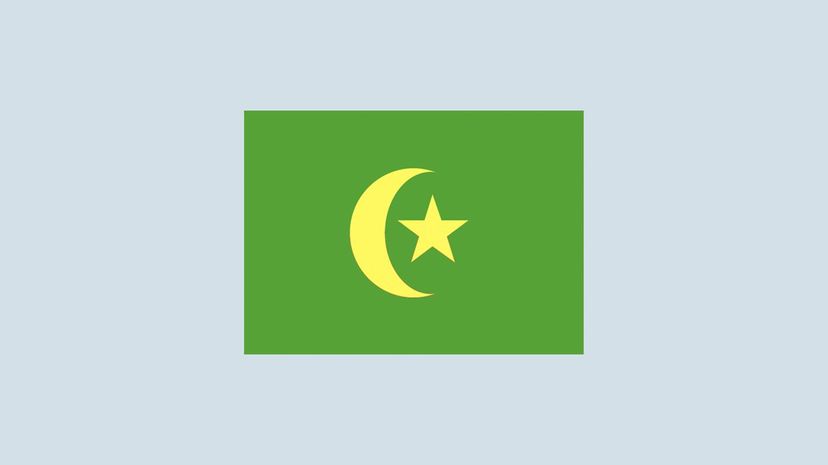
The Khanate of Kokand existed where you will today find countries like Uzbekistan, Tajikistan and Kazakhstan. It was formed in 1709 and existed until 1876. As the name implies, the rules of the Khanate of Kokand were known as Khans, just like Genghis but not!
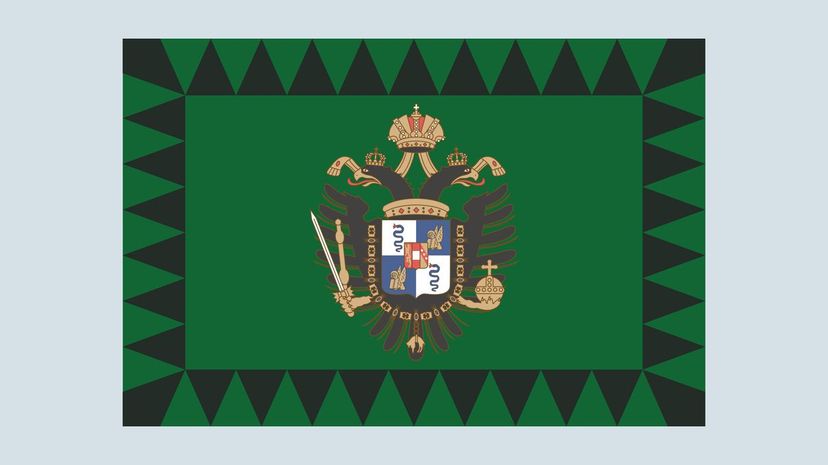
The Kingdom of Lombardy-Venetia existed from 1815 until 1866 when much of it was absorbed into the Kingdom of Italy. In modern times, both Milan and Venice are part of what was once this short-lived kingdom.
Advertisement
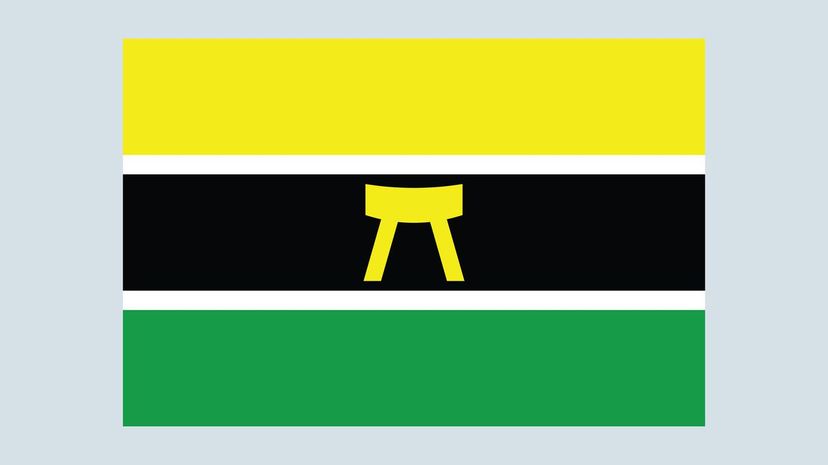
The Ashanti Empire used to exist where you'll currently find Ghana in Africa today. The center of the flag is the "Golden Stool of Ashanti," which was the throne and seat of power for the Ashanti rulers. Legend has it that it descended from the sky to land in the lap of the first Asante king.